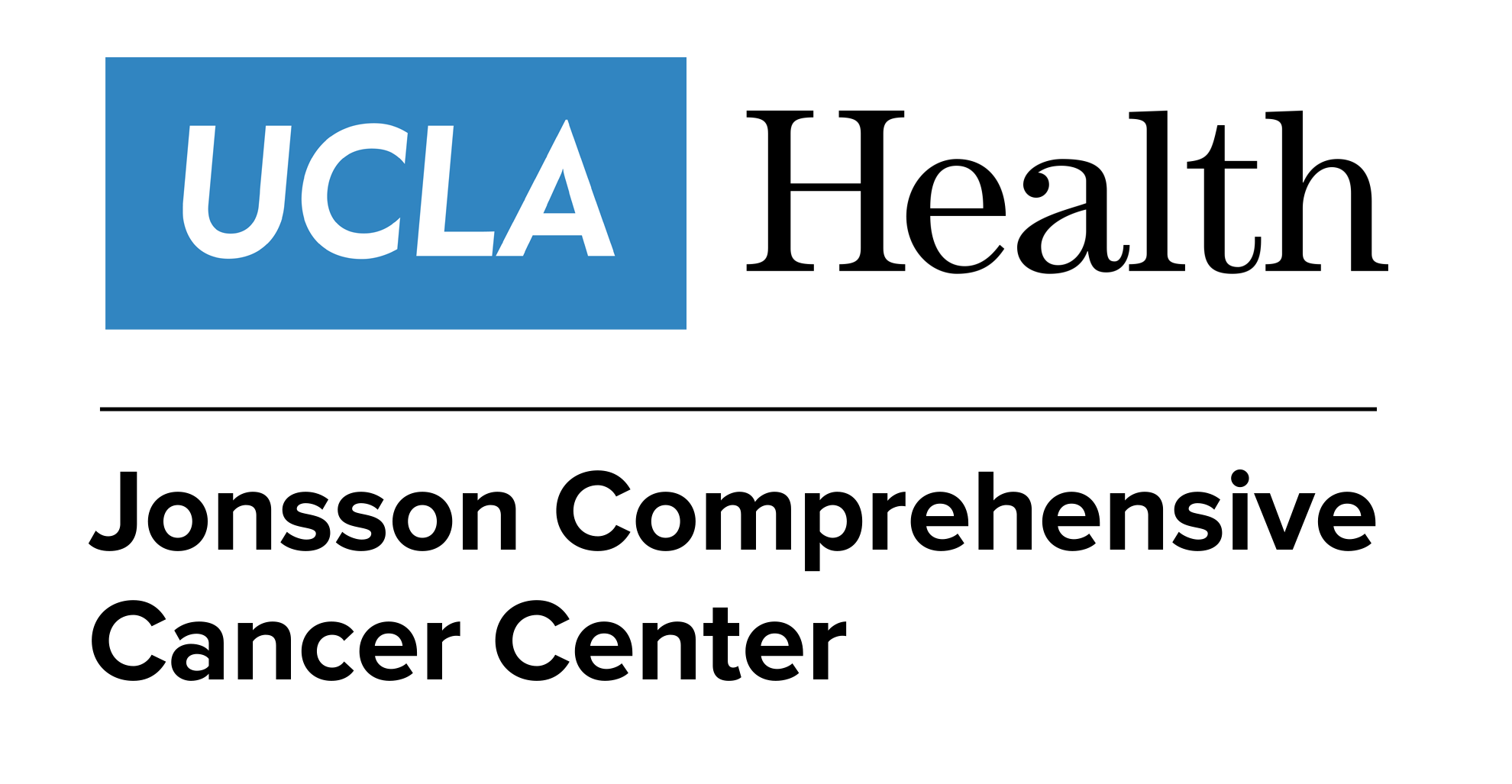- Advertise
- About OncLive
- Editorial Board
- MJH Life Sciences brands
- Contact Us
- Privacy
- Terms & Conditions
- Do Not Sell My Information
2 Clarke Drive
Suite 100
Cranbury, NJ 08512
© 2025 MJH Life Sciences™ and OncLive - Clinical Oncology News, Cancer Expert Insights. All rights reserved.
Dr Konecny on PROs With Mirvetuximab Soravtansine in Advanced Ovarian Cancer
Gottfried Konecny, MD, discusses patient-reported outcomes from the phase 3 MIRASOL trial in platinum-resistant ovarian cancer.
Gottfried Konecny, MD, lead clinician, gynecologic oncology, Department of Medicine, University of California, Los Angeles Health, discusses patient-reported outcomes (PROs) from the phase 3 MIRASOL trial (Study 0416; NCT04209855), which evaluated mirvetuximab soravtansine-gynx (Elahere) in patients with folate receptor α (FRα)–positive, platinum-resistant ovarian cancer.
This assessment of PROs holds significance, as patients often bear the burden of adverse effects (AEs) stemming from prior treatments, manifesting in diminished overall health and treatment-related AEs (TRAEs) associated with standard-of-care treatment options, Konecny begins. Given the nature of ovarian cancer and the fact that patients often have a history of prior surgeries, these symptoms commonly manifest as abdominal or gastrointestinal (GI) issues, he explains. The importance of PROs lies in their ability to provide insights beyond conventional metrics, such as response rates, offering valuable, patient-centered perspectives, according to Konecny. Particularly in ovarian cancer, where patients undergo repeated treatments and accumulate a significant treatment history, understanding how these treatments affect quality of life (QOL) is vital, he adds.
PROs capture these nuanced QOL aspects, enabling comparisons across treatment modalities to discern improvements, stability, or potential deterioration in QOL, Konecny expands. Within the MIRASOL study, the evaluation of PROs involved the administration of specific questionnaires tailored to address pertinent aspects of the patient treatment experience, including the EORTC QLQ-C30 questionnaire, which offers a comprehensive overview encompassing global health dimensions, TRAEs, and fatigue, he explains. Additionally, the study employed a specialized tool, the EORTC QLQ-OV28 sub-scale questionnaire, uniquely designed to assess aspects relevant to ovarian cancer, Konecny adds.
For instance, the EORTC QLQ-OV28 questionnaire focuses on capturing abdominal and GI symptoms, he continues. Given the prevalence of these symptoms among patients with ovarian cancer, this targeted inquiry addresses key concerns, Konecny notes. Questions pertaining to bloating, abdominal pain, and postprandial satiety provide specific insights into abdominal symptoms, facilitating the interpretation of treatment-related improvements and comparisons across different treatment arms, Konecny concludes.


